The Bishop's Isles: home to vikings, land raiders - and a giant called Peter
This article contains affiliate links. We may earn a small commission on items purchased through this article, but that does not affect our editorial judgement.
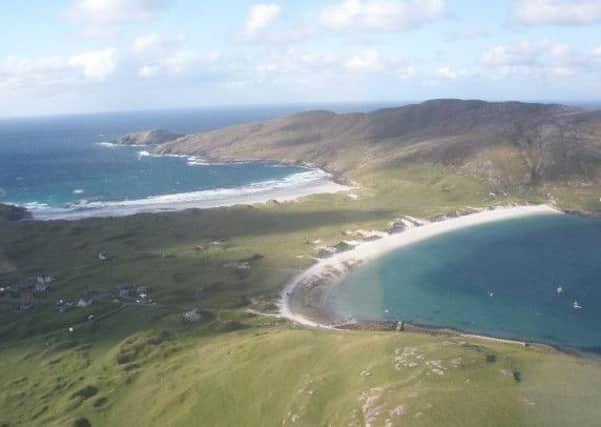

The Bishop’s Isles are scattered far to the west of the Scottish mainland, nine small islands that scattered just off Barra, from Vatersay in the north to Berneray in the south.
In between sit Pabbay, Sandray, and Mingulay with the tiny outposts of Flodday, Lingay, Muldoanich and Uineasan dotted around.
Advertisement
Hide AdAdvertisement
Hide AdAccording to the Hebridean Archive at Comhairle nan Eilean Siar, their populations were gradually withdrawn, sometimes due to disease brought from outside or because the populations were left unable to cope due to mounting emigration, absent landlords and losses of men at sea.
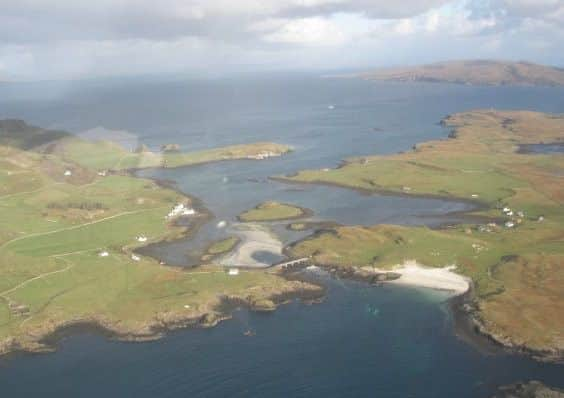

Sometimes their people were simply unwilling to put up with the effects of isolation any longer.
Vikings are thought to have settled on Barra around 9th and 10th Century AD following their grim plundering raids of the Hebrides.
The name Mingulay is Norse for Big Island and Pabbay translates as Hermit’s Isle. Recent DNA research has debunked long held beliefs that the MacNeil’s of Barra were descendants of the Irish and more likely to share Viking blood.
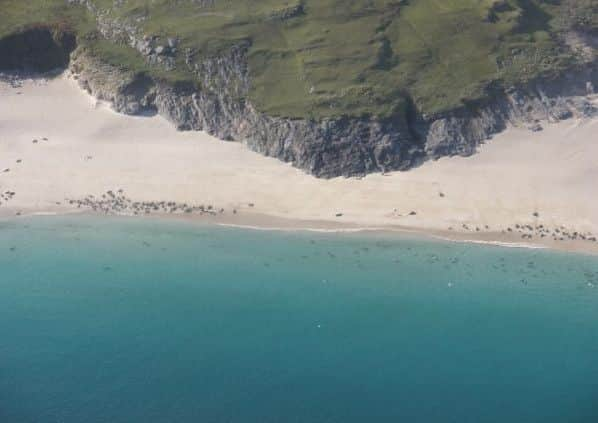

The Bishop’s Isles - which once belonged to the Bishop of Sordor before the diocese in Scotland was disbanded in the 1600s - underwent one of its most tumultuous periods in the 19th and early 20th centuries, when the islands endured radical social change.
VATERSAY
Vatersay was home to famed Vatersay Raiders who rose up against their absent, wealthy landlady - Lady Gordon Cathcart - who lived an extravagant lifestyle in the south east of England and visited her Hebridean interests only once in 54 years.
Their actions are credited with shifting attitudes to land ownership and absent landlords in the Highlands,
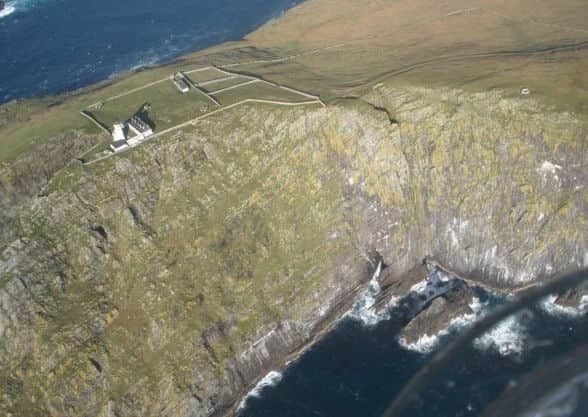

Advertisement
Hide AdAdvertisement
Hide AdIn the early 1900s Cathcart’s tenants - she also inherited Benbecula, South Uist, Erriskay and Uist following the death of her husband - struggled to survive as she refused to give up new land for crofting.
Instead, she promoted emigration to Canada with some observers believing her shares in the Hudson Bay Company and Canadian Pacific Railway underpinned her position that her tenants would be better off in the New World.
In July 1906, 10 landless men from Barra and Mingulay took land on Vatersay, invoking an ancient law - written in Ireland - which allowed a man to claim ground by building a wooden dwelling and lighting a fire under its roof within a day.
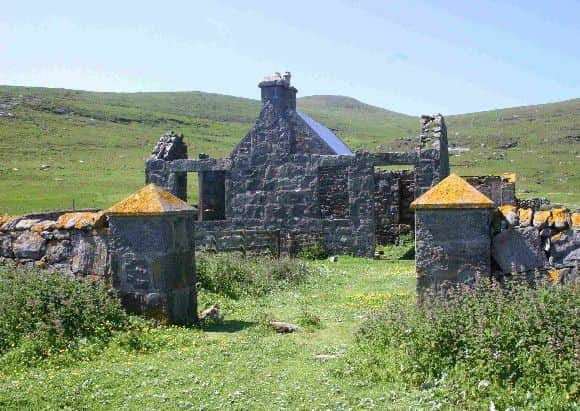

After arriving, they planted potatoes and built basic shelters in which to live. They ignored eviction orders issued by Cathcart, who would go on to serve interdicts on the 10 men who made the island their home.
The 10 were summoned to the Court of Session in Edinburgh. Predictably, the court upheld the case of Lady Cathcart with the men thrown in prison for two months.
But the case caused such a outcry across the country that the government was to go on and buy Vatersay for crofting.
While the men were jailed, their uprising won them a significant victory in land ownership issues, which still endure to this day.
Advertisement
Hide AdAdvertisement
Hide AdWhile the Vatersay Raiders are remembered, so are the 300 lives lost off the island in September 1853 when the passenger ship Annie Jane, full of emigrants leaving Liverpool for Montreal, hit the rocks of West Beach. Only a handful survived, with the recovered bodies buried near the shoreline.
Two Chinese seamen, who died in 1917 during the sinking of SS Idomenous, are also buried nearby.


Vatersay is still inhabited today and is connected to Barra by a causeway.
MINGULAY AND PABBAY
Mingulay was inhabited for thousands of years but the island was evacuated when life became unworkable. Sheep had been washed away by tides and fishing remained difficult due to lack of safe landing spots.
The last of the inhabitants left in 1912, leaving behind a precarious existence based on crofting, fishing and fowling.
The last pages of the school log book tell of storms preventing younger children from attending school and the teachers’ coal stock being “exhausted”.
However, the pupils were also described as “bright, willing and wonderfully intelligent”.
Advertisement
Hide AdAdvertisement
Hide AdThe island remains deserted but the remaining settlements, now semi-buried in drifting sand - give a potent glimpse into a Hebridean life past.
Around 30 families - a population of about 135 - lived on the island around the time the last person left, many of them resettling in nearby Vatersay or Barra. Six families squatted on a sheltered bay at nearby Sanday.
The island has been owned by National Trust Scotland since 2000 and is now home to kittiwakes, razorbills, guillemots and a large colony of puffins.
Pabbay was also abandoned in the early 20th Century. In 1897, every male resident of Pabbay was drowned when their boat capsized with the remaining islanders fleeing shortly afterwards.
BERNERAY
The smallest of the Bishop’s Isles, Berneray - sometimes known as Barra Head - sits 54 miles off the mainland of Scotland and only 95 miles from Ireland.
Like Mingulay and Pabbay, most residents left around 1910 with only the keepers of Barra Head Lighthouse, built by the famous Stevenson family, hanging on.
It was automated in 1980 with few feet treading on the isle since then.
Advertisement
Hide AdAdvertisement
Hide AdPeter Sinclair - also known as Big Peter or the Barra Giant - came from Berneray. Measuring 6ft 8 ins at age just 17, he left the island around 1866 to join a travelling show. Shy of the publicity, he returned home to Berneray to farm his dairy cattle.
DOWNLOAD THE SCOTSMAN APP ON ITUNES OR GOOGLE PLAY
